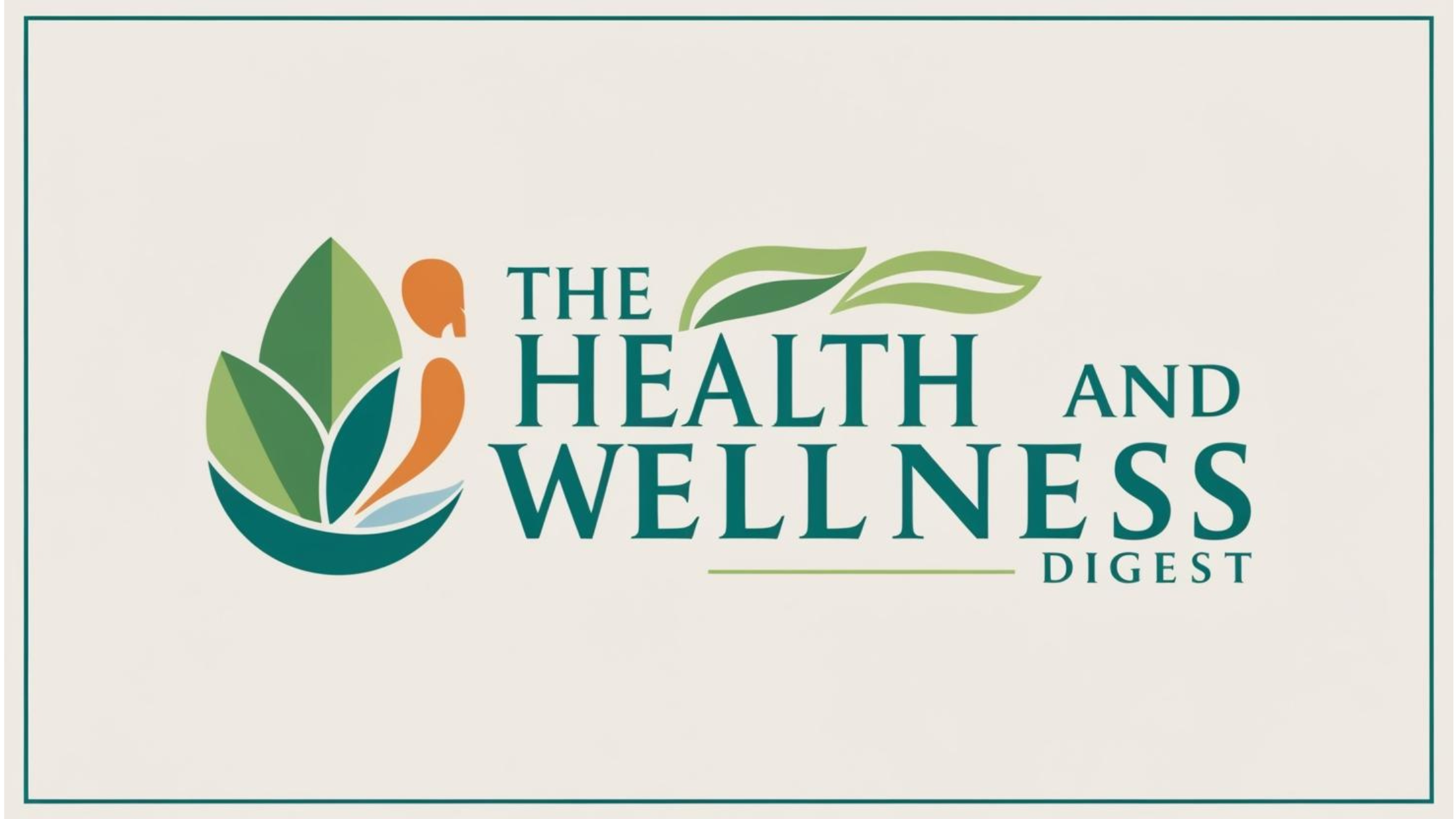
Empowering Change: The Shift to Walking and Weights
At the age of 44, Kate Rowe-Ham made a transformative decision that reshaped her fitness approach amidst the challenges of perimenopause. A fitness coach, noted for her high-intensity classes, she once relied heavily on spinning and HIIT workouts. However, as she faced debilitating symptoms typical of perimenopause—like anxiety and joint pain—she discovered that changing her workout routine could lead to remarkable benefits. Instead of pushing herself to the max, she turned to more sustainable practices: walking and strength training.
The Immediate Benefits of Walking and Strength Training
Kate's results were almost immediate. After just a month of focusing on weightlifting three to four times a week, alongside walking for an hour daily, she experienced a surge in energy levels and a significant drop in anxiety. Walking became more than just a mode of exercise; it served as a therapeutic outlet, grounding her beautifully amidst life’s chaos.
The scientific backing for such a shift is robust. During menopause, the drop in estrogen can lead to muscle loss, hormonal imbalances, and increased fatigue—conditions that can be alleviated with strength training. Evidence suggests that resistance training helps in building muscle mass, balancing blood sugars, and even reducing hot flashes and other menopause symptoms. Moreover, walking has proven effective in enhancing joint health by increasing synovial fluid, decreasing inflammation, and promoting both physical and mental well-being.
Understanding Perimenopause: A New Perspective
Perimenopause can often feel like navigating uncharted waters, especially for women in their 40s and 50s. But this stage shouldn’t deter you from staying active; rather, it may require a reevaluation of your routines. Research indicates that around 91% of various walking programs led to positive health outcomes, from enhanced mood to improved cardiovascular health. Women particularly noticed that regular walks contributed to a decrease in cycling emotional states influenced by hormonal fluctuations.
Taking Steps Towards Health: The Recommended Guidelines
How does one start? Experts recommend aiming for 30-40 minutes of walking daily or approximately 4,000 steps—this is achievable for anyone looking to integrate more movement into their routine. Whether it’s a brisk outdoor stroll or a leisurely walk around a neighborhood, every bit counts. These walks can mitigate symptoms like hot flashes while elevating mood and improving sleep quality.
Why Strength Training Matters in Your 40s
In addition to walking, the importance of strength training cannot be overstated, especially as estrogen levels dwindle. The benefits are clear: strength training isn’t just about aesthetics but plays a vital role in maintaining bone density, muscle mass, and metabolic health. Studies reveal that even minor resistance exercises can be instrumental in preventing osteoporosis and promoting heart health—key areas of concern during menopause. Compound exercises—like squats and deadlifts—engage multiple muscle groups and significantly amplify these benefits.
Common Misconceptions About Aging and Fitness
A general misconception is that aging means less intensity in workouts; however, proper training can lead to even greater results at any age. Kate’s experience in running the London Marathon at an age much older than her first attempt serves as a testament to this fact—her blend of walking and strength training led to similar performance results as before, debunking the myth that you must push harder as you age. Instead, you can work smarter, focusing on functional movements that enhance daily living.
Afterwords: Embracing Change for a Healthy Future
Ultimately, adjusting your fitness regime to focus on walking and weight training can reshape how you view your health amid aging. As more women recognize the myriad benefits of such adaptations, they pave the way for new conversations about menopause, fitness, and overall well-being. If you're starting this journey or already transitioning into a new phase of life, consider walking and strength training as your allies.
Join the movement. Transform your fitness journey into one that not only nurtures your body but also enriches your mind and spirit.
 Add Row
Add Row  Add Element
Add Element 



Write A Comment